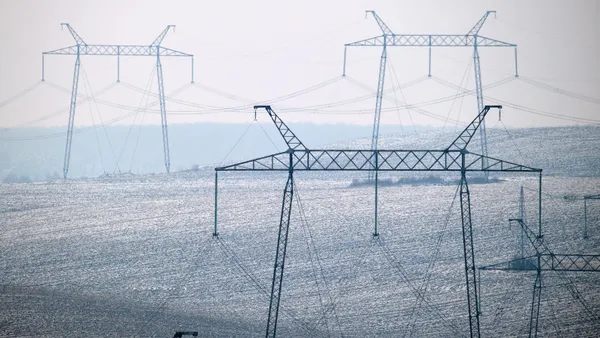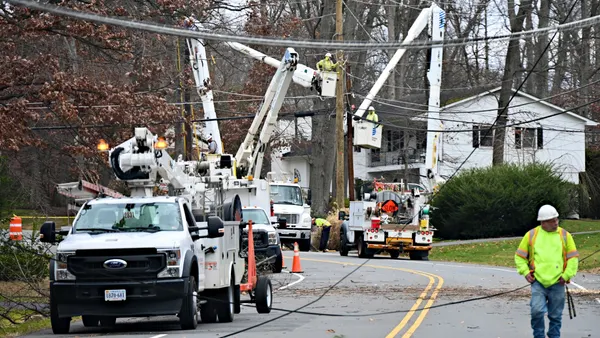Dive Brief:
- A court filing from the U.S. Attorney’s Office in San Francisco reports alleged evidence that Pacific Gas and Electric (PG&E) attempted to dispose of key safety records relating to the 2010 San Bruno gas pipeline explosion that killed eight and destroyed 38 homes.
- The federal prosecutors’ filing reveals former PG&E employee Leslie McNiece found documents in September 2013 showing PG&E had prior knowledge its geographical information system (GIS) was deficient, but the company allegedly violated legal responsibilities by disposing of the records.
- McNiece, who was hired by PG&E to improve record-keeping, reportedly found documents in a dumpster outside a company natural gas facility that included pipeline survey sheets for Line 132, the source of the San Bruno explosion. The documents, according to the Attorney's Office, included a notation of "leak info not in GIS."
Dive Insight:
The McNiece evidence contradicts PG&E claims it was unaware of the Line 132 leak until after the explosion, the filing asserts. SNL Energy also reports McNiece found other records for Line 132 outside her office with a note explaining the anonymous delivery was to bypass PG&E’s gas operations team.
"We obviously and unequivocally disagree with the claims and mischaracterizations contained in the government's filing. We look forward to the opportunity to shed light on the facts in court," PG&E spokesman Greg Snapper told SNL.
The federal prosecutors will seek $500 million in penalties in the San Francisco U.S. District Court, according to CNBC. McNiece will be a witness for the prosecution. No current or former PG&E employees face prosecution under the case.
PG&E was fined $1.6 billion by the California Public Utilities Commission (CPUC) in April 2015 for violations of state and federal pipeline safety standards. That was ten times the previous biggest fine levied in California and one of the biggest-ever fines for a utility.
At the time, CPUC President Michael Picker said he remains skeptical of the utility's commitment to safety, despite its recent heavy investment in natural gas transmission upgrades, and that the utility may ultimately be "too big to operate safely."













